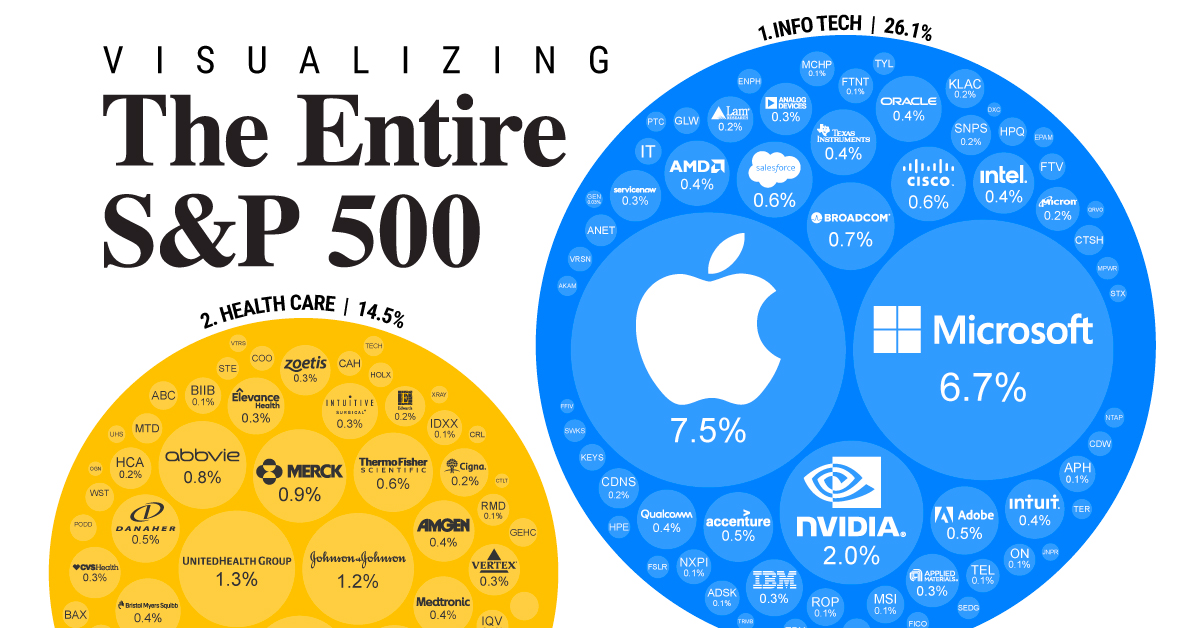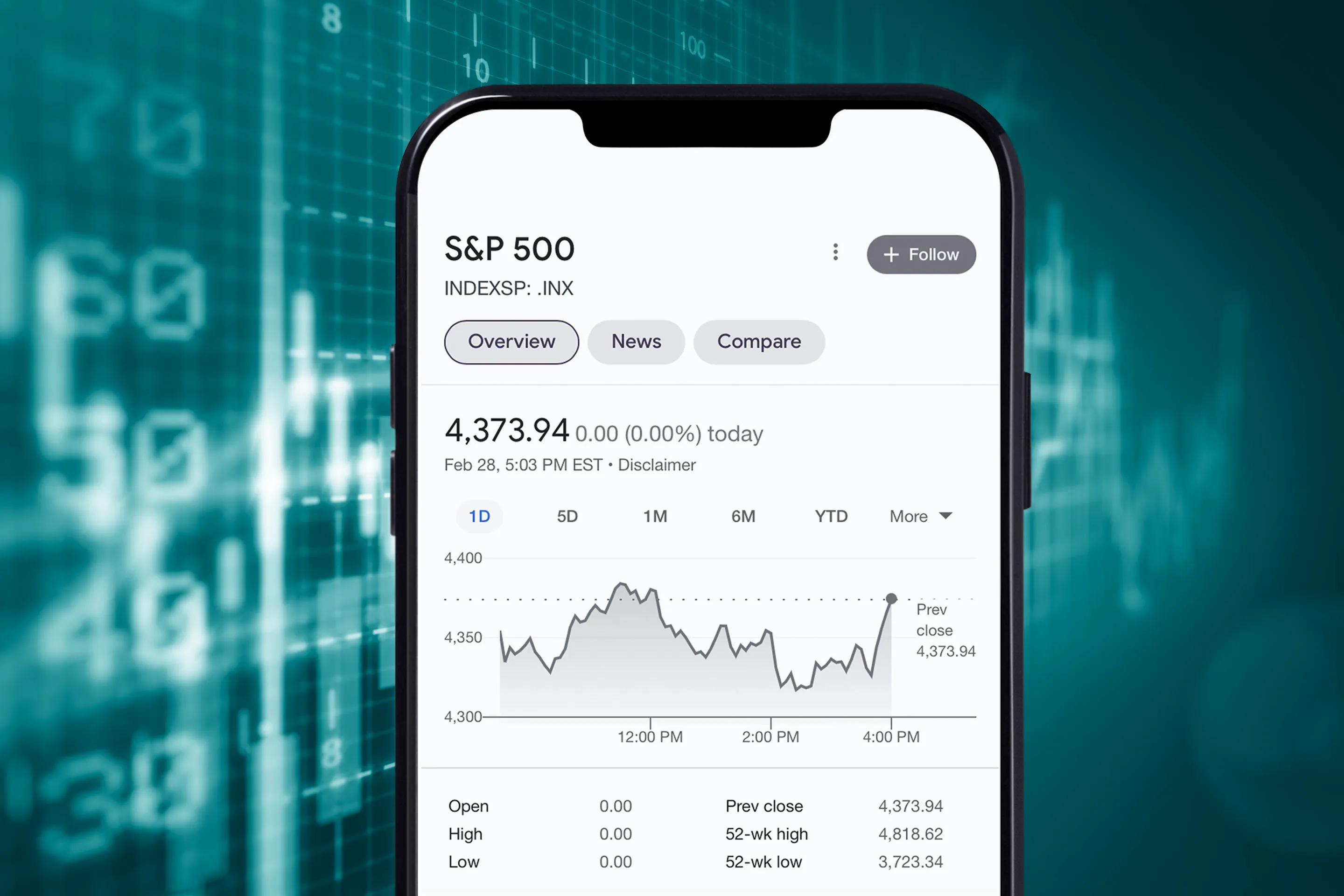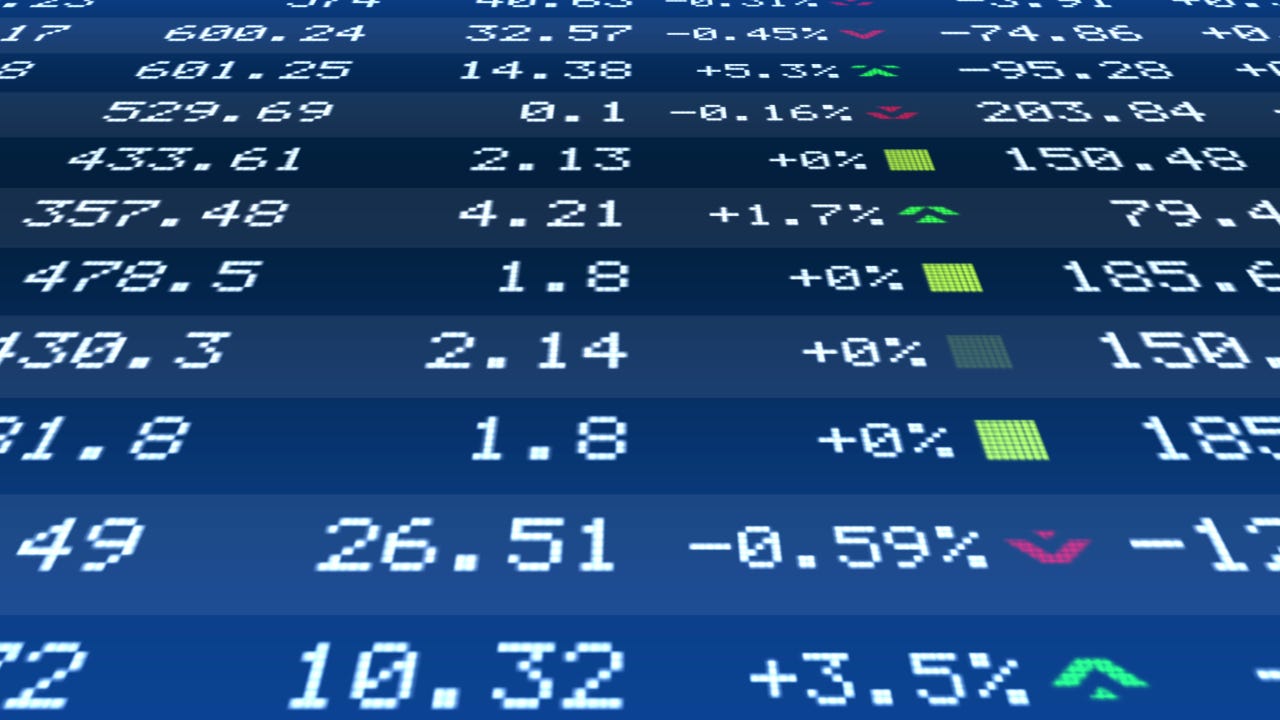The S&P 500 is a stock market index that serves as a key indicator of the strength and performance of the US economy. While the Dow Jones Industrial Average (DJIA) may be more well-known, the S&P 500 provides a more comprehensive view, representing 500 of the largest companies traded on the New York Stock Exchange (NYSE), Nasdaq, and Chicago Board Options Exchange (CBOE). In this guide, we will delve into the workings of the S&P 500, how it is calculated, the criteria for inclusion, and its significance to investors.
How the S&P 500 Works

The S&P 500, with “S&P” standing for Standard and Poor’s, was named after Henry Poor, a 19th-century financial analyst known for his annual book listing publicly held railroad companies. The index comprises 500 large-cap stocks and serves as a benchmark for the overall performance of the US stock market. The components of the S&P 500 are carefully selected by a committee based on specific criteria.
To be included in the S&P 500, a company must meet several requirements, including achieving a specific market capitalization, having a majority of its shares in public hands, and being a public company for at least a year. Additionally, the company must have a positive sum of earnings over the previous four quarters. These criteria ensure that the index includes financially stable and representative companies.
Calculating the S&P 500
Unlike the Dow Jones Industrial Average, which simply adds up the prices of the component stocks, the S&P 500 uses a more complex calculation method. The index calculates the float-adjusted market capitalization of each company in the index. Float-adjusted market capitalization refers to the value of a company’s shares available to the public, excluding those held by management, governments, or other companies.
The S&P 500 does not include gains from cash dividends paid by the constituent companies. By focusing on market capitalization and excluding dividends, the index provides a clearer picture of the market’s performance.
Companies Included in the S&P 500
The S&P 500 is continually evolving to reflect changes in the market. S&P Dow Jones Indices, a subsidiary of S&P Global, is responsible for determining the components of the index. Companies can be added or removed based on their adherence to the index’s requirements.
The market capitalization requirement for inclusion in the S&P 500 is set at a minimum of $14.5 billion. This criterion alone significantly reduces the number of eligible companies. The committee also considers trading volume, public ownership, and earnings performance in their selection process. As a result, the S&P 500 represents a diverse range of industries and sectors.
Changes and Turnover in the S&P 500

The S&P 500 is a dynamic index that experiences turnover as companies enter and exit the index. Companies may leave the index due to various reasons, such as failing to meet the market capitalization requirement or undergoing significant changes, such as mergers or acquisitions.
The average lifespan of a company on the S&P 500 has significantly decreased over the years. A study by McKinsey revealed that the average lifespan of a company on the index was 61 years in 1958, compared to just 16 years in 2021. This trend indicates the ever-changing nature of the business landscape and the need for companies to adapt to remain competitive.
Surviving the S&P 500
While companies may come and go from the S&P 500, those that remain on the index often flourish. One study suggests that stocks removed from the S&P 500 have historically outperformed their replacements. This survivorship bias demonstrates the resilience and strength of the companies that continue to thrive in the market.
How to Invest in the S&P 500

Investors who wish to gain exposure to the S&P 500 can do so through index funds or exchange-traded funds (ETFs) that track the performance of the index. These investment vehicles allow individuals to own a diversified portfolio of stocks that mirror the composition and performance of the S&P 500. Investing in the index provides a way to participate in the growth of the US economy as a whole.
Conclusion
The S&P 500 is a vital stock market index that serves as a barometer for the US economy. It represents 500 of the largest companies traded on major exchanges and provides a comprehensive view of the market’s performance. By understanding the workings of the S&P 500, investors can make informed decisions and gain exposure to a diversified portfolio of stocks. As the business landscape evolves, the S&P 500 continues to adapt and reflect the ever-changing nature of the market.
